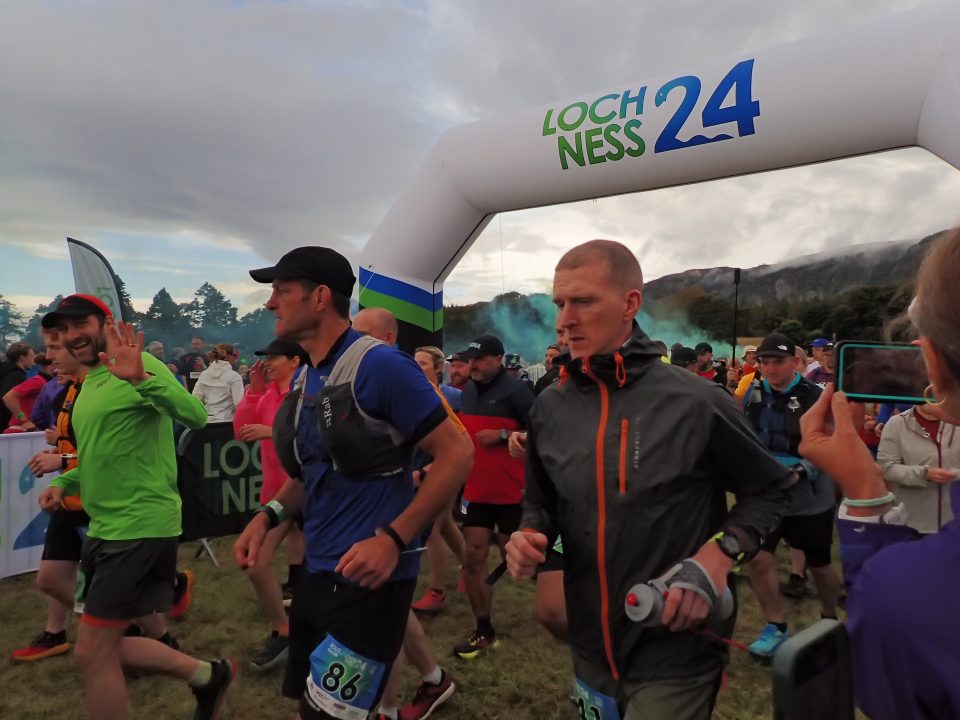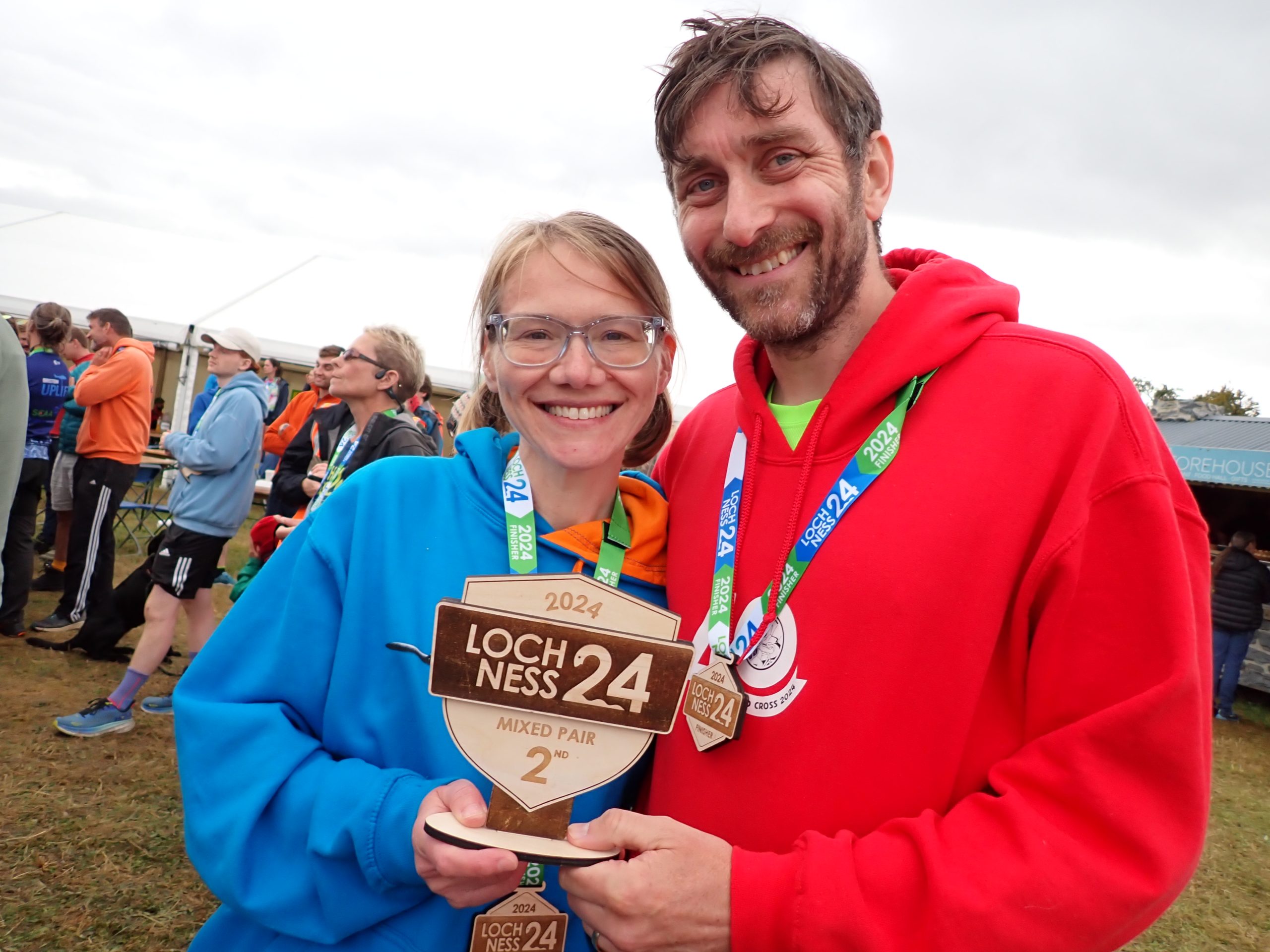This was a first for us, in so many ways. We’ve done some long runs in our time, but we’re not seasoned ultra-runners (yet) and we’ve never done a 24-hour running challenge before.
So it was even more of a surprise that our efforts ended with a prize! I’m never usually close enough to the front-runners to be in with a shout, but this event was different.
Running for 24 hours with next to no sleep isn’t about being fast from the off – it’s more about pacing yourself sensibly to be able to keep moving, then keeping yourself motivated to continue when things get tough.
You know it’s not going to be easy. Your legs are going to get tired and possibly sore, you might start to get cramp, you’ll wonder why you are doing this, you’ll feel tired from the length of time you’ve been awake, let alone the running, it’ll get dark and things are going to get hard.
If you’ve got a good level of fitness, the real battle is in your head. We always use the phrase “peaks and troughs” – for all sorts of challenges in life – and I tend to tell myself it’s just a trough if things are not going well. That means you can be back on top before you know it!
I had a few troughs during the Loch Ness 24, but I’d say there were more peaks – or at least the peaks were higher than the troughs were deep!
The event worked by running as many four-mile laps as you could in the 24 hours. Meg and I entered as a team of two – in the mixed pairs category – which meant only one of us could run on the course at a given time. (In between that, we were looking after the children at the camping area near the start/finish area!)
We had a ‘dibber’ that we had to pass to each other in transition if we wanted to swap runners, which we did mostly every lap.
- Active Outdoors: What it’s like to run through the night at the Loch Ness 24
- WATCH: The 2024 Loch Ness 24 – in pictures
- Thurso ultra-runner wins Loch Ness 24 – after entering just days before event
The course is quite rough and the word “gnarly” was used more than once! It goes up a little grassy hill then into the forest, following good paths and tracks, and hopping over some prominent tree roots before reaching the pebble beach at Dores. After a stretch on the pebbles, it enters a twisty bit of woodland with more roots and rocks to negotiate, then climbs to a good path which gives a bit of relief for a while. Next is a climb back up to the fields before a grassy section that leads back through the camping area to the transition and start/finish area.














We did have a bit of a wobble at some point in the middle of the night, when we had a brief chat in the transition area and pondered going for a sleep. But thankfully we resisted the temptation and agreed we would each walk a lap and see how we got on from there.
That was a good decision, as it meant we kept going all through the night, and by our next laps we were each running again. Looking at our lap times now, they were actually pretty consistent, if you allow for the extra time in those walking laps.
As the daylight started to return, the positivity flooded back, despite there still being around four hours to the finish. We were keeping an eye on the positions by now, and found we were sitting in second place in the mixed pairs – if we just kept going to the end, we should hold onto that position.
That was motivation enough for me, and I somehow managed to squeeze in an extra lap right at the end – with a fair bit of walking involved – to ensure we finished in second place, just one lap behind the team in first.
Over the 24 hours, we each ran more than 60 miles (100km) and we succeeded in our plan to embrace the full event, running through the night and going all the way to the finish. We ended on a real high, having done this together and stuck more or less to our gameplan.
Endurance, rather than pure speed, is definitely our strength.

Congratulations Meg & John, what an achievement. Look forward to seeing what is next…
Jim